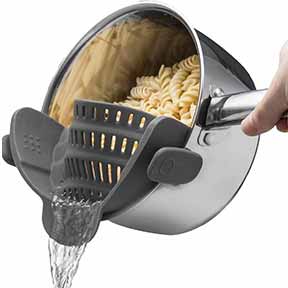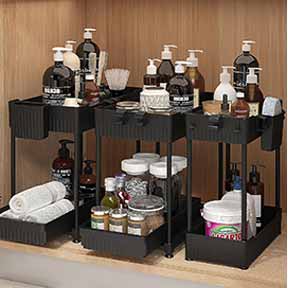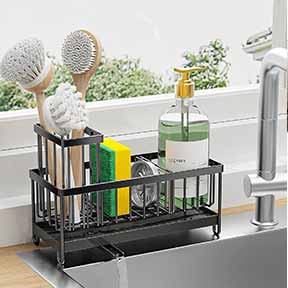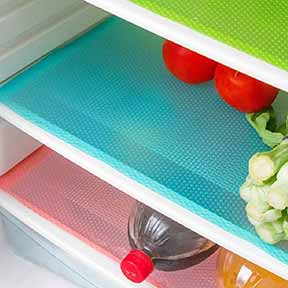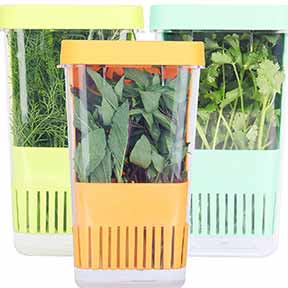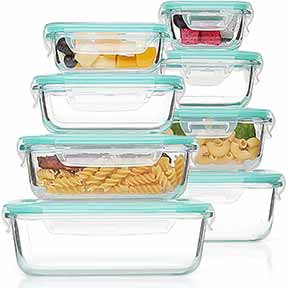How to Clean Stainless Steel
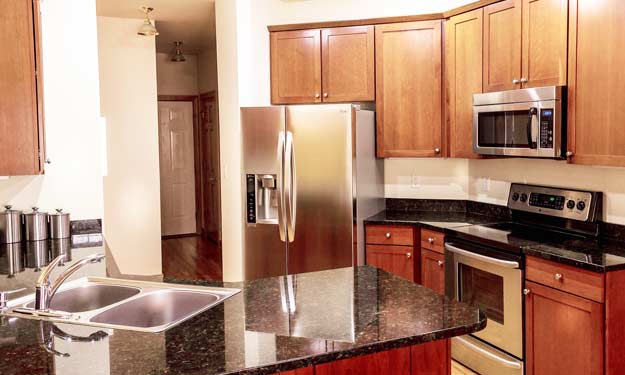
How to Clean and Keep Your Stainless Steel Appliances Looking Great.
Cleaning Stainless Steel with a Sparkling Finish
Stainless steel has long been a favorite in kitchens for its sleek look, durability, and resistance to rust and corrosion. From sinks and stovetops to refrigerators and cookware, it’s everywhere, and for good reason. But despite its name, stainless steel can stain, scratch, or dull without the right care. Learning how to clean stainless steel properly is the key to keeping it looking beautiful for years to come. Whether you’re tackling greasy smudges or restoring shine, this guide offers effective, practical tips using everyday household items or specialty products, so your stainless steel always looks its best.Why Stainless Steel Needs Special Care
Stainless steel isn’t just about good looks. It’s coated with a protective chromium oxide layer that helps resist stains, rust, and corrosion. This layer is self-healing when damaged, but only if treated with the proper cleaning methods. Here’s what not to do:- Don’t use harsh abrasives or scouring powders
- Don’t use steel wool or metal brushes
- Don’t use bleach or chlorine-based cleaners
- Don’t scrub across the grain
- Don’t clean while hot
- Don’t let spills or residue sit for long
The Science Behind Stainless Steel’s Self-Healing Layer
I’ve always thought this was interesting and you might too:- Stainless steel contains at least 10.5% chromium.
- When exposed to oxygen in the air, chromium reacts to form a very thin, invisible layer called chromium oxide.
- This chromium oxide layer protects the metal underneath from rust, stains, and corrosion.
- If the layer is scratched or lightly damaged, it can regenerate on its own, but only in the presence of oxygen and if the surface is clean and not heavily contaminated.
What Can Prevent Self-Healing?
- Using harsh chemicals, especially bleach or chloride-based cleaners, can destroy or hinder the chromium oxide layer.
- Leaving salty, acidic, or greasy residues can trap moisture and slow down the healing process.
- Lack of airflow or covering the surface (like with liners or tape) may block oxygen exposure and prevent regeneration.
Does “New” Stainless Steel Still Self-Heal?
Yes, most new types of genuine stainless steel, including those used in modern appliances and cookware, still rely on chromium oxide self-repairing action. However:- Some appliances now use fingerprint-resistant coatings or hybrid stainless finishes (like “black stainless”) that may include added polymers or clear coatings. These coated finishes may not self-heal in the same way and can be damaged if scrubbed or scratched.
- If you’re unsure whether your appliance is traditional stainless steel or coated, check the manual or manufacturer’s care guide, coated stainless usually has different cleaning instructions.
Fingerprint Removal
Appliances like refrigerators, dishwashers, and toasters attract fingerprints like magnets. Thankfully, there are simple, inexpensive solutions for quick touch-ups.Cleaning with White Vinegar
- Dampen a soft cloth with white vinegar (no need to soak).
- Wipe in the direction of the grain to remove fingerprints and light smudges.
- Buff dry with a clean microfiber cloth.
Using Baby Oil to Remove Fingerprints
- Apply a few drops of baby oil to a soft cloth.
- Gently rub over the stainless steel to lift smudges and restore shine.
- Buff with a clean dry cloth for a polished finish.
Routine Stainless Steel Cleaning
If your stainless steel isn’t greasy or stained, plain warm water works well for quick upkeep. How to clean:- Use a damp microfiber or soft cloth with warm water.
- Wipe with the grain to remove dust or light dirt.
- Dry with a second soft cloth to avoid water spots.
Removing Oily or Greasy Messes
When water isn’t enough, a bit of dish soap can tackle messier buildup. Instructions:- Add a few drops of Dawn dish soap to a soft sponge wet with warm water.
- Lather and gently scrub the greasy area, working with the grain.
- Rinse thoroughly with clean water.
- Dry with a soft cloth to prevent streaks or water spots.
Commercial Stainless Steel Cleaners
Store-bought stainless steel cleaners are specially formulated to clean, protect, and shine. They come in pastes, foams, and sprays. How to use:- Follow label instructions carefully.
- Apply with a soft cloth, working with the grain.
- Buff to a shine after cleaning.
- Designed to enhance shine and leave a protective barrier
- Useful for restoring luster to dull or heavily used appliances
- Can be pricier than DIY solutions
- Often contain fragrances or chemicals, check labels if sensitive
Heavy-Duty Cleaning and Spot Treatment
For stuck-on messes or gunk that won’t budge:No-Scratch Scouring Pad
- Use a wet nylon scouring pad for stuck debris.
- Gently scrub in the direction of the grain.
- Avoid excessive pressure to prevent scratching.
Soften the Mess First
- Soak a paper towel in warm water and place it over the stuck-on spot.
- Let it sit for 10–30 minutes to soften the residue.
- Add a drop of dish soap if needed, then gently wipe or scrub.
Cleaning a Stainless Steel Sink
Step-by-Step for Stain Removal
- Rinse out loose debris and grit to avoid scratching.
- Mix baking soda and water into a thick paste.
- Apply and gently rub with the grain using a soft sponge.
- Rinse thoroughly.
- For stubborn marks, try Bar Keepers Friend (a non-abrasive cleanser safe for stainless steel).
Keeping Stainless Steel Shiny
To maintain that just-cleaned look:- Apply a small amount of baby oil or mineral oil to a paper towel.
- Lightly rub over the surface.
- Buff with a dry cloth for a polished finish.
Stainless Steel Care Quick Tips
- Always clean with the grain
- Avoid harsh scrubbing tools
- Dry surfaces after cleaning to prevent water spots
- Clean spills quickly to avoid permanent stains
- Let stainless steel cool before cleaning
- Follow your appliance manufacturer’s recommendations
How to Clean Stainless Steel
It doesn’t take a lot of effort – just the right approach – to keep stainless steel looking sleek and spotless. Whether you’re removing greasy fingerprints, tackling tough stains, or just giving your appliances a quick polish, knowing how to clean stainless steel effectively will help preserve its beauty and lifespan.Kitchen Accessories
